The African continent is host to a wide variety of plants and animals found nowhere else in the world. From the famed Big Five to an endless list of colourful birds and slithering reptiles, we have put together a list of some of the most fascinating animals only found in Africa that you can see on safari.
Rare Animals You Can See on a Botswana Safari
The Kalahari Black-Maned Lion
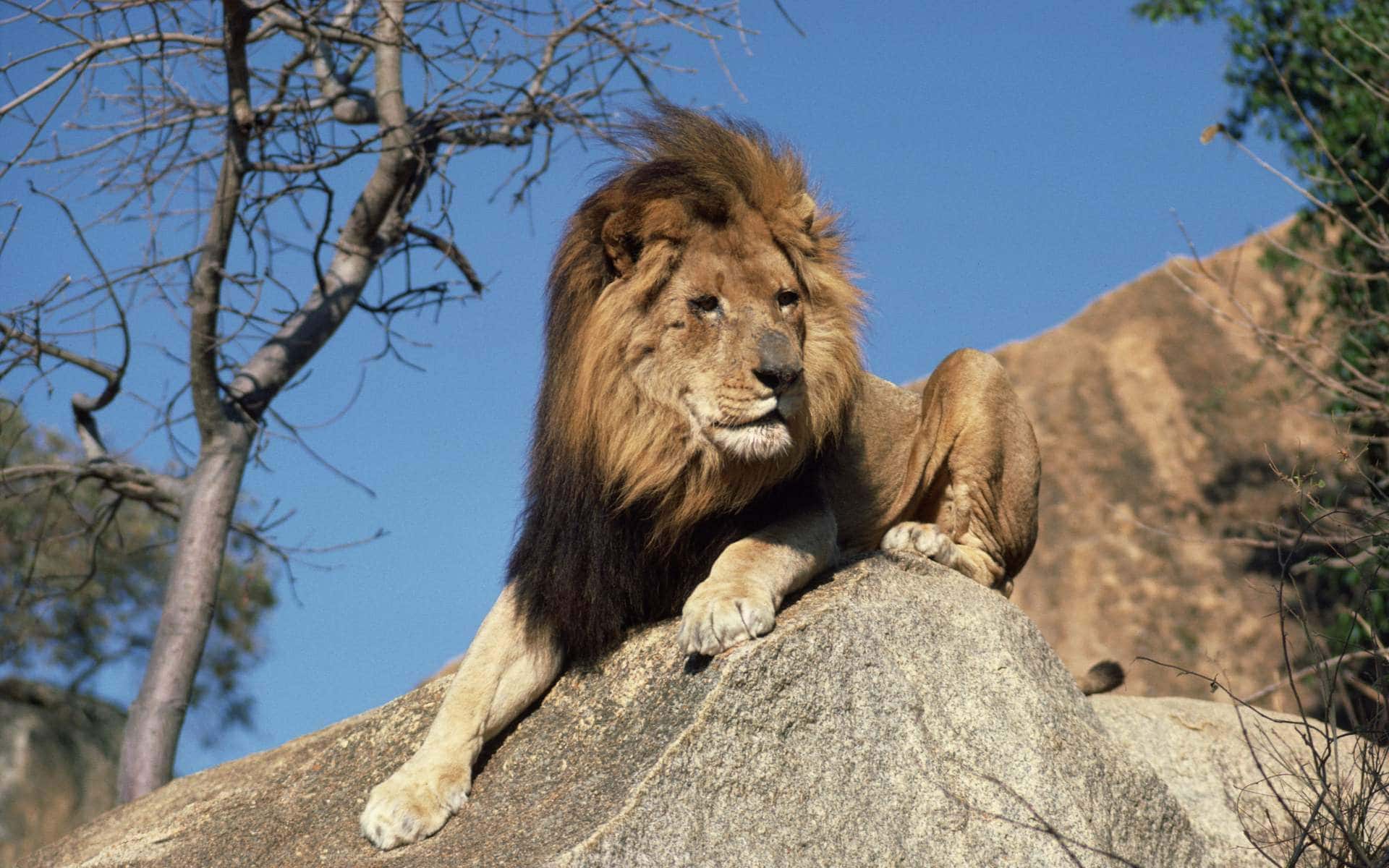
These majestic lions are found along the red dunes and arid landscapes of the Kalahari Desert. They are distinguished by their dark manes and are well adapted to the harsh environment of the desert, needing minimal water to survive. On a desert safari in Botswana, you may spot one in the Central Kalahari Game Reserve or the Kgalagadi Transfrontier Park, a conservation area that links South Africa and Botswana.
For those fortunate enough to encounter one of these powerful big cats, the experience is unforgettable. Seeing a male lion in the Kalahari, with its dark mane and powerful presence, is nothing short of awe-inspiring.
Interestingly, studies have shown that the darkness of a lion’s mane is dependent on a combination of genes, age, and environment, with darker manes actually being more present in colder climates. This makes the dark-maned lions of Botswana a rare exception.
The Sitatunga Antelope
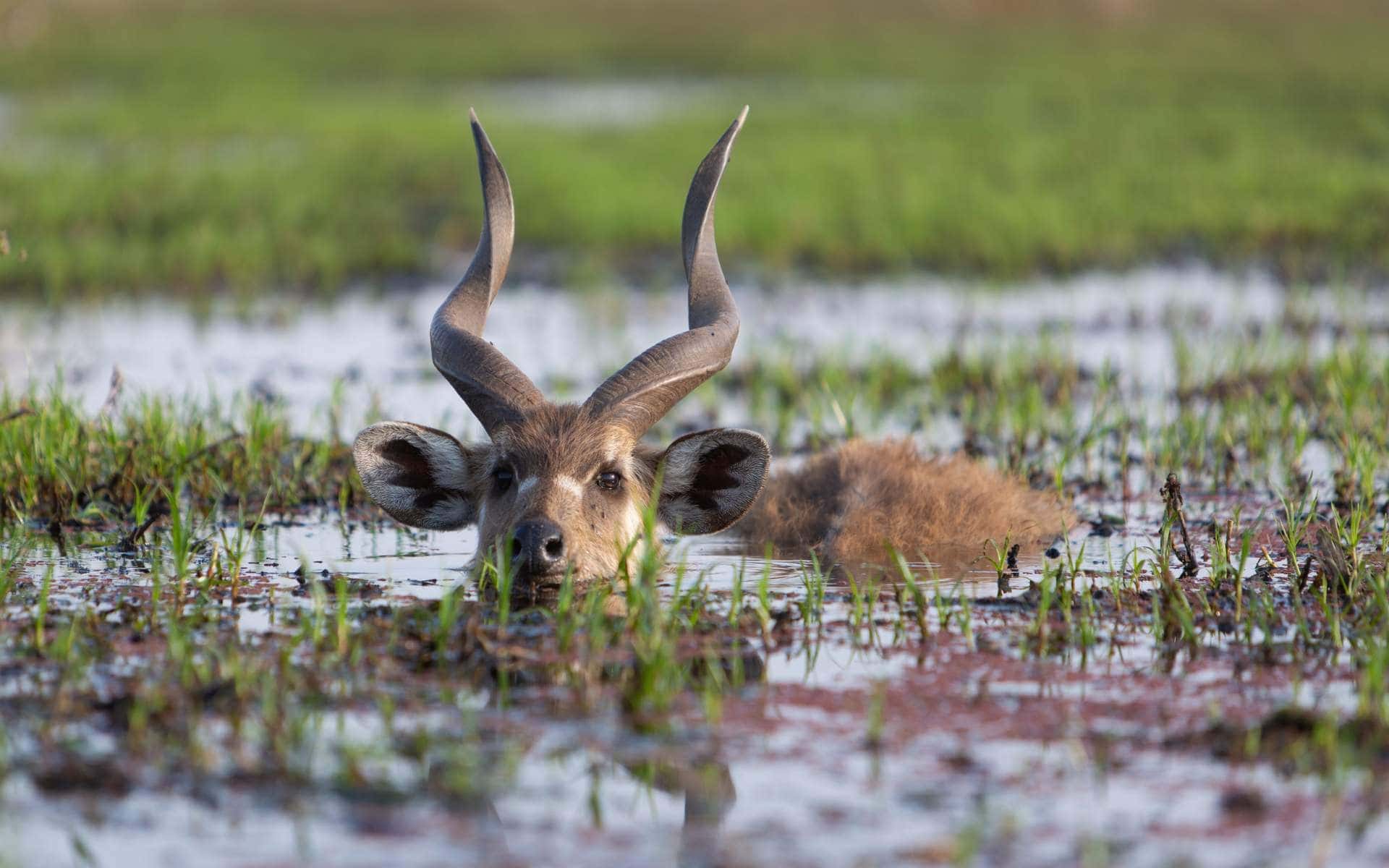
An elusive and secretive swamp-dweller, this antelope is one of Africa’s most interesting animals. It has long, splayed hooves that help it navigate the Okavango Delta’s wetlands, where they’re experts at disappearing into papyrus thickets, making them a rare but exciting sighting. They are best seen on a mokoro safari along the waterways of the Okavango Delta, where they hide in the deepest, densest part of the swampy shores.
Upon sighting one, you may see them moving slowly and deliberately, standing, and often ruminating in water up to their shoulders. You might even see just their noses poking out of the depths.
Rare Animals You Can See on a South African Safari
Black Wildebeest

The black wildebeest, also known as the white-tailed gnu, is easily distinguished from their blue, migrating cousins. Although they are one of Africa’s lesser-known animals, they are still an exciting sight.
They have large, upside-down meat-hook horns, a white, horse-like tail, and dark brown coats. Unlike the blue wildebeest, the main character of the famous Great Migration, the black wildebeest prefers to mostly stay within the same area.
Their natural populations are endemic to southern Africa, where they were hunted to near extinction in the 19th century. Thankfully, due to conservation efforts, they can be found in reserves throughout Lesotho, Eswatini, and South Africa, where they mainly inhabit open grasslands and Karoo shrublands.
Cape Mountain Zebra

The iconic black-and-white stripes of the zebra are recognisable worldwide. But did you know that there are actually seven living subspecies of this animal in Africa? On a safari in South Africa, you might find the Cape mountain zebra grazing in the mountainous regions of the Eastern and Western Cape provinces.
Much smaller than other subspecies, the Cape mountain zebra is recognisable by its longer ears and prominent dewlap (loose skin) on its neck. Their stripes are also much narrower and more numerous than those of other zebra species, although still wider than those of the Hartmann’s zebra.
As their name suggests, they inhabit the slopes and plateaus of mountainous regions, with some even found at up to 2,000 m (6,600 ft) above sea level in the summer, moving to lower elevations in the winter.
Rare Animals You Can See on a Kenya Safari
Kenya Horned Viper
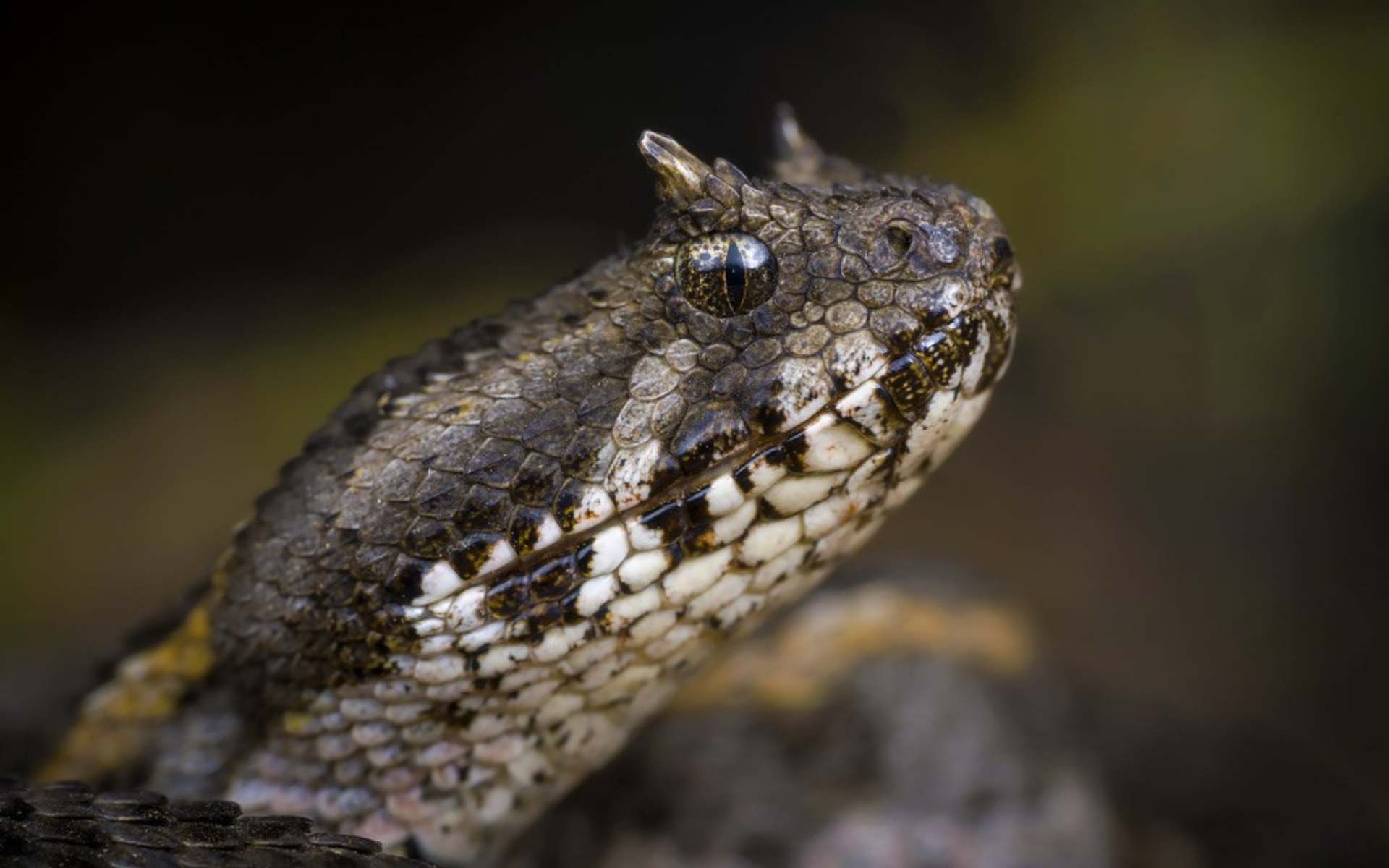
Although reptiles might not be on your list of the most iconic African animals, it felt wrong to not include at least one. The Kenya horned viper is a rare species of venomous snake endemic to the grasslands and rocky savannah of the high Central Rift Valley. Although a sighting is rare, they are mostly found at elevations of up to 2,000 m (8,200 ft).
Despite their name sounding a bit vicious, these elusive African snakes are relatively small, rarely growing over 50 cm/19.6 in long. Little is known about this species in the wild, with simple facts such as diet and daily activity being relatively unknown. They’re unfortunate targets of the illegal pet trade and habitat destruction, making them vulnerable to extinction according to the IUCN Red List.
Somali Ostrich
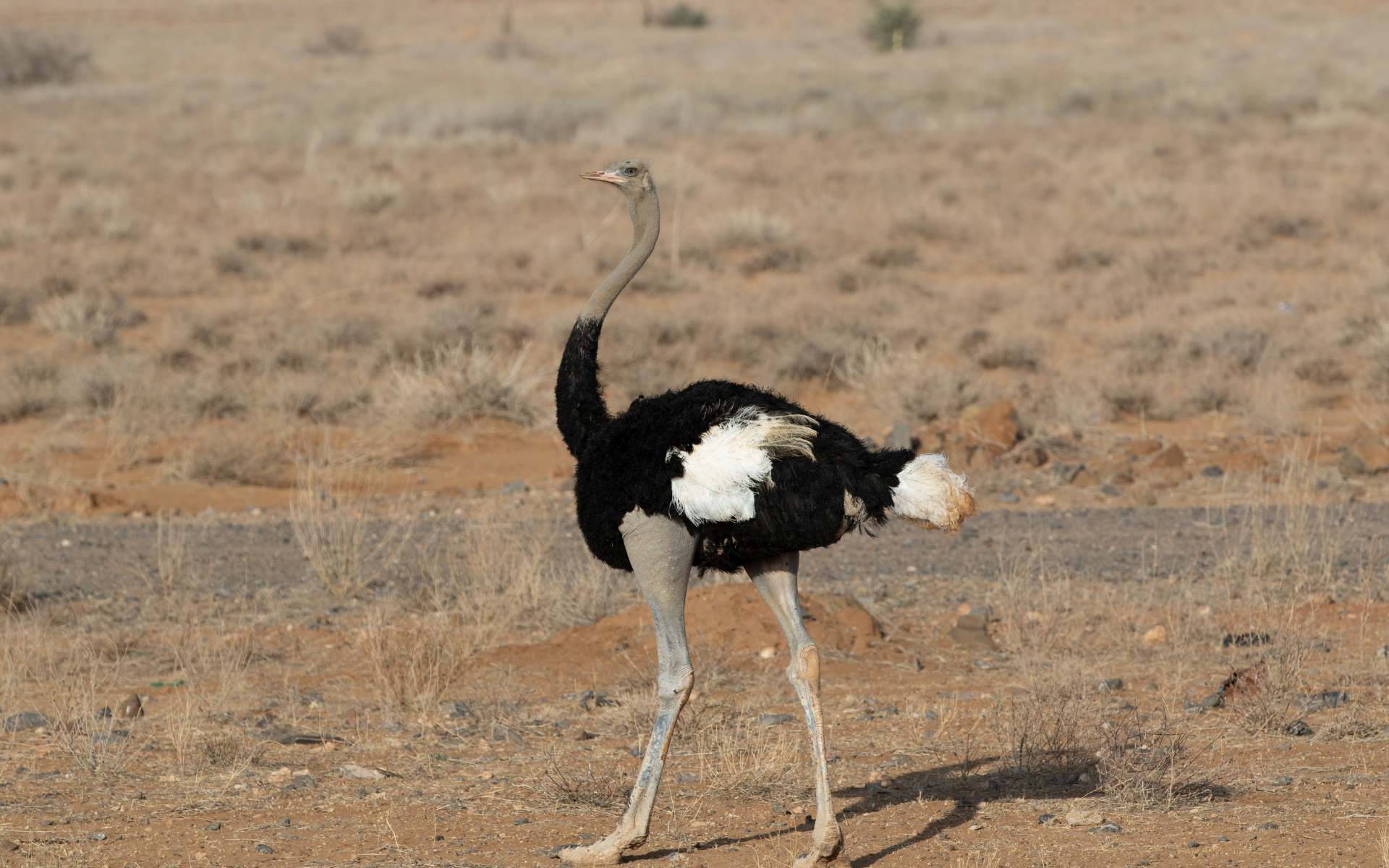
One of Africa’s most striking birds, the Somali ostrich, also known as the blue-necked ostrich, is a remarkable animal native to the Horn of Africa, especially in northeastern Ethiopia, southern Djibouti, most of Kenya, and across most of Somalia. These stunning African animals are distinguished by their vibrant blue necks and thighs, which become even more distinct in males during the breeding season, making this flightless bird stand out in the arid and semi-arid landscapes it inhabits. Unlike its common ostrich relatives, the Somali ostrich lacks the white neck ring, adding to its unique appearance.
Despite their inability to fly, Somali ostriches are built for speed and endurance. They are the fastest-running birds in the world, capable of reaching speeds up to 69 km an hour (43 mph), making them the fastest of all two-legged animals. Their powerful legs not only facilitate swift movement across vast savannahs but also serve as formidable defensive weapons, capable of delivering strong kicks to deter predators.
Rare Animals You Can See on a Tanzania Safari
Fischer’s Lovebird
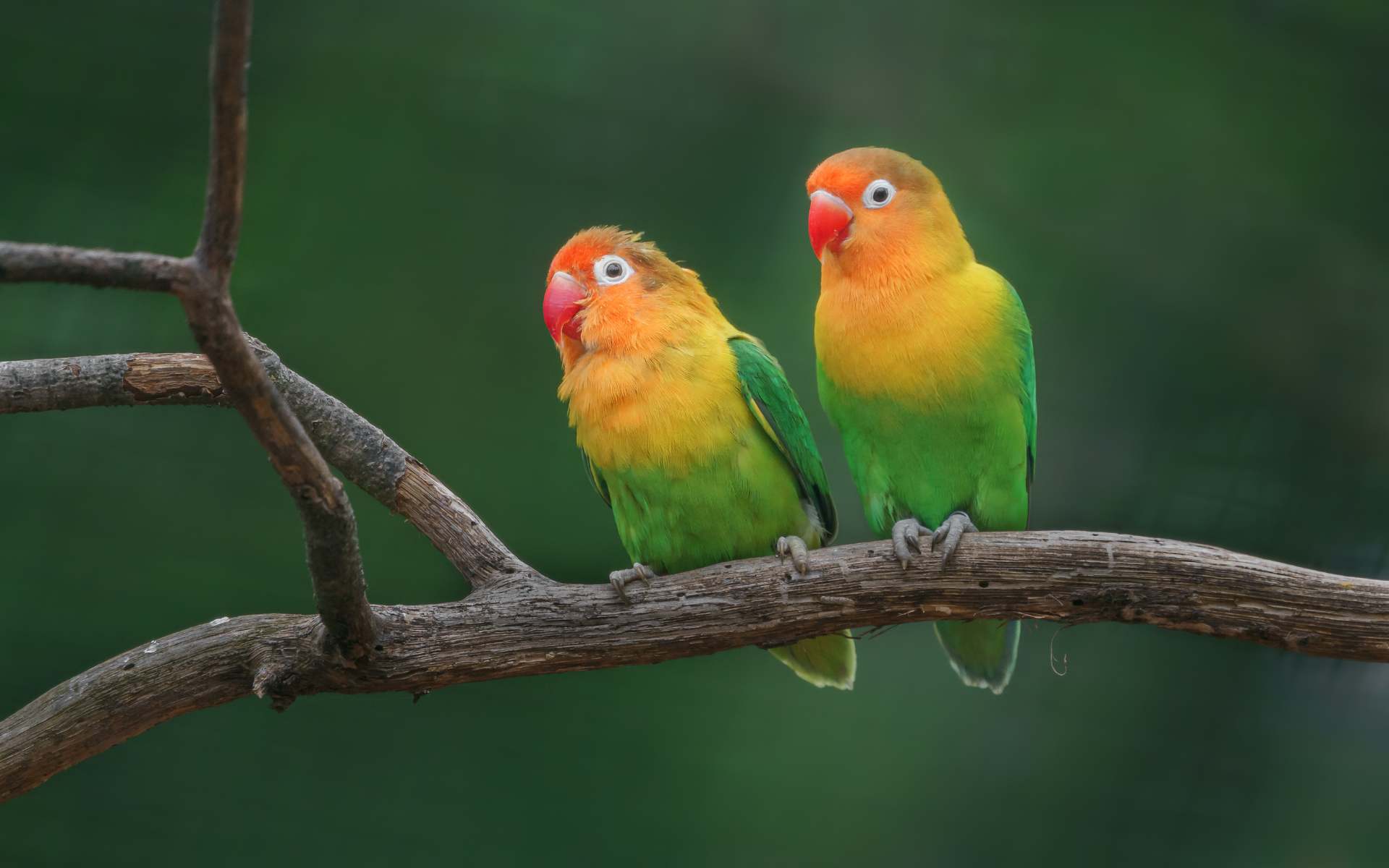
Fischer’s lovebird is a vibrant and energetic parrot native to East Africa, particularly north-central Tanzania. Named after German explorer Gustav Fischer, these pint-sized adorable birds measure about 12 to 15 cm (4 to 5 in) in height and weigh approximately 58 grams (2 ounces). Their plumage showcases a delightful blend of green on the back, chest, and wings, transitioning to yellow and orange hues on the neck and head, with a distinctive white eye ring and a bright orange beak.
These social and lively African birds are known for their fast flight and high-pitched chirps, often living and travelling in small flocks. Despite their small size, Fischer’s lovebirds have a big personality and can be quite vocal. In the wild, they exhibit fascinating nesting behaviour, lining their chosen cavities with grass and strips of bark. While they don’t mimic human speech, their playful nature and affectionate disposition make them popular pets.
Zanzibar Bushbaby
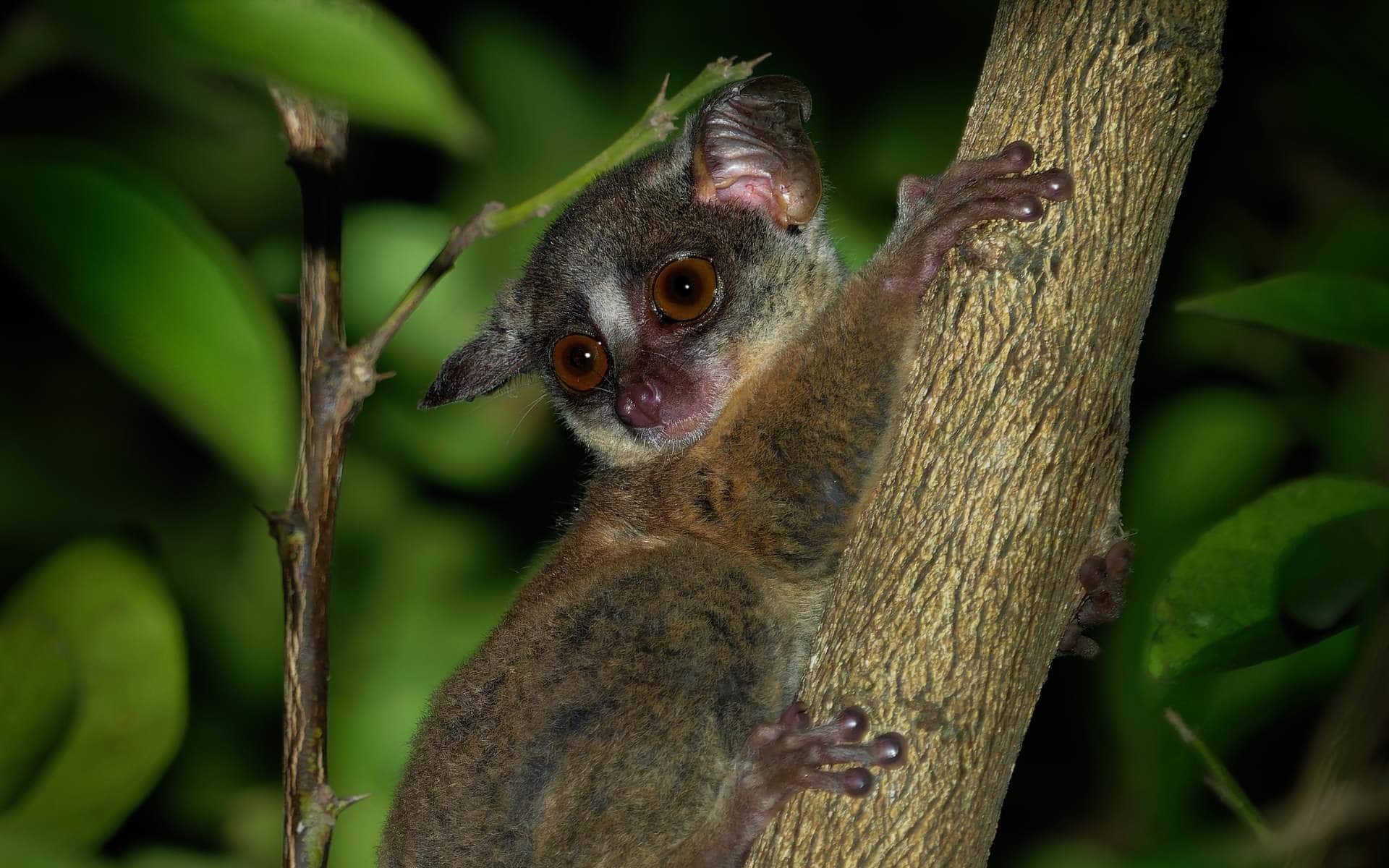
The Zanzibar bushbaby, also known as the Tanzania Coast dwarf galago, is a small, nocturnal primate native to the coastal forests of Tanzania and the island of Zanzibar. These small African animals weigh approximately 130 to 150 grams (5.3 ounces) and measure less than 14 to 15 cm (less than 6 in) in body length.
Interestingly, these diminutive creatures possess tails nearly as long as their bodies. Their thick fur ranges from grey to brown or cinnamon, providing excellent camouflage in their forest habitats. Their large, forward-facing eyes enhance their night vision, while their delicate, bat-like ears can independently adjust to detect the faintest sounds of insects in the dark.
Renowned for their remarkable agility, Zanzibar bushbabies can leap up to 2.5 m (8.2 ft) in a single bound, thanks to their powerful thigh muscles. This impressive jumping ability allows them to navigate the forest canopy with ease as they forage for a varied diet of fruits, insects, and tree gums. Their specialised comb-like incisor teeth also enable them to scrape gum from acacia trees efficiently, making them some of Africa’s weirdest yet iconic mammals.
Africa’s biodiversity is truly awe-inspiring, and these unique African animals are a testament to the continent’s rich natural heritage and biodiversity. From the majestic black-maned lion to the tiny Zanzibar bushbaby, each species plays a vital role in its ecosystem. If you’re yearning for an unforgettable wildlife experience, consider embarking on an African safari. Witnessing these incredible creatures in their natural habitats is an adventure of a lifetime.
Author: Thaakiera Ackerdien
Published: 8 April 2025